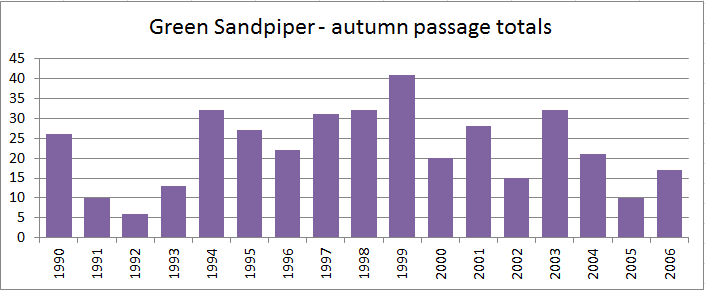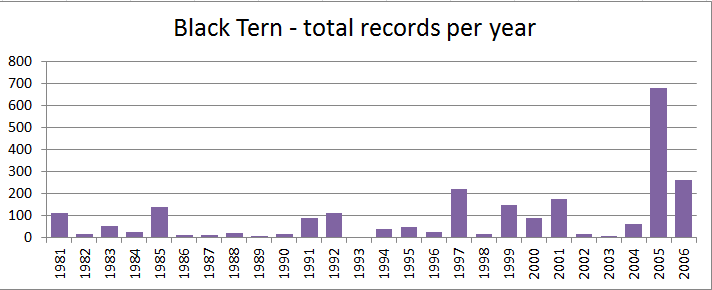Green Sandpiper - spring
 Tuesday, July 19, 2011 at 8:27PM
Tuesday, July 19, 2011 at 8:27PM Tringa achropus
Departure of over wintering birds from the main localities have been recorded up to late April and early May. Assessing spring passage has therefore not included records of this nature. Away from these wintering sites spring passage has been noted in 21 years between 1952 and 2006, so it has not been an annual event. Records have come from Skokholm, Skomer, Pembroke Mill Ponds, St David’s airfield, Tretio, Pen Beri, Gann, Teifi Estuary, Treffgarne, Ritec and Fortune’s Frolic. They occurred between March and 22nd May and involved single birds, except for two at St David’s airfield on the 7th April 2003 and two at the Gann on the 29th April 2001.
Graham Rees.
(Covers records up to and including 2006).
 GHR,
GHR,  Wader,
Wader,  passage,
passage,  spring in
spring in  Green Sandpiper
Green Sandpiper 




